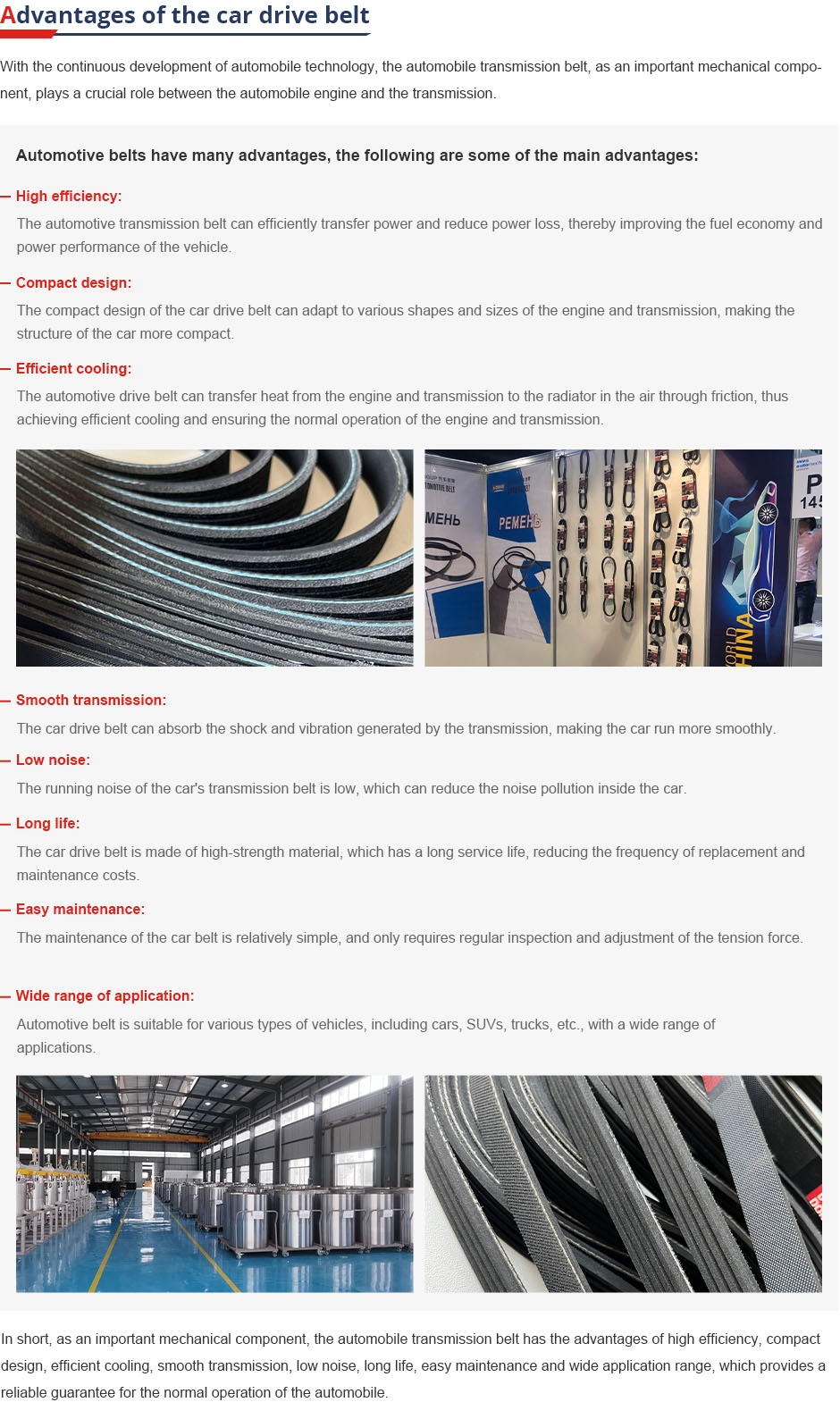- Arabic
- French
- Russian
- Spanish
- Portuguese
- Turkish
- Armenian
- English
- Albanian
- Amharic
- Azerbaijani
- Basque
- Belarusian
- Bengali
- Bosnian
- Bulgarian
- Catalan
- Cebuano
- Corsican
- Croatian
- Czech
- Danish
- Dutch
- Afrikaans
- Esperanto
- Estonian
- Finnish
- Frisian
- Galician
- Georgian
- German
- Greek
- Gujarati
- Haitian Creole
- hausa
- hawaiian
- Hebrew
- Hindi
- Miao
- Hungarian
- Icelandic
- igbo
- Indonesian
- irish
- Italian
- Japanese
- Javanese
- Kannada
- kazakh
- Khmer
- Rwandese
- Korean
- Kurdish
- Kyrgyz
- Lao
- Latin
- Latvian
- Lithuanian
- Luxembourgish
- Macedonian
- Malgashi
- Malay
- Malayalam
- Maltese
- Maori
- Marathi
- Mongolian
- Myanmar
- Nepali
- Norwegian
- Norwegian
- Occitan
- Pashto
- Persian
- Polish
- Punjabi
- Romanian
- Samoan
- Scottish Gaelic
- Serbian
- Sesotho
- Shona
- Sindhi
- Sinhala
- Slovak
- Slovenian
- Somali
- Sundanese
- Swahili
- Swedish
- Tagalog
- Tajik
- Tamil
- Tatar
- Telugu
- Thai
- Turkmen
- Ukrainian
- Urdu
- Uighur
- Uzbek
- Vietnamese
- Welsh
- Bantu
- Yiddish
- Yoruba
- Zulu
Dàmh . 11, 2024 09:22 Back to list
Understanding the Applications and Benefits of 6mm Timing Belts in Machinery
Understanding 6mm Timing Belts Applications, Benefits, and Considerations
Timing belts are essential components used in a variety of mechanical systems, providing a means of transferring power between rotating shafts with great precision. Among the many types available, the 6mm timing belt has gained popularity in various applications, particularly where space is limited and efficiency is crucial. This article explores the characteristics, benefits, and common uses of the 6mm timing belt.
What is a 6mm Timing Belt?
A 6mm timing belt is characterized by its pitch measurement, which refers to the distance between the centers of two adjacent teeth. In this case, the 6mm pitch indicates that the spacing is 6 millimeters, allowing for tight tolerances and high precision in operation. Timing belts are typically made from durable materials such as rubber, reinforced with fibers like fiberglass or steel for added strength and durability. The belt's design features precise teeth that mesh with corresponding grooves on the pulleys, ensuring synchronized movement between components.
Applications of 6mm Timing Belts
6mm timing belts are widely used in various mechanical systems across different industries. Some common applications include
1. 3D Printers In 3D printing, precision is paramount. The 6mm timing belt is commonly used in the X and Y-axis movements to ensure accurate positioning and smooth motion, which is essential for high-quality prints.
2. CNC Machines In computer numerical control (CNC) machines, timing belts help achieve precise movement of tools and workpieces. The 6mm timing belt's ability to maintain accurate positioning while being subjected to high speeds makes it an ideal choice for these applications.
3. Robotics Many robotic systems utilize 6mm timing belts to enable precise control of joint movements. This is particularly important in applications where delicate handling and exact positioning are required.
4. Conveyor Systems In manufacturing and packaging, 6mm timing belts can be found in conveyor systems that require synchronized motion to transport materials or products effectively.
Benefits of 6mm Timing Belts
The selection of a 6mm timing belt offers several advantages that contribute to its popularity in precision applications
6mm timing belt

1. High Precision The design of the timing belt ensures that the motion is synchronized with minimal backlash, which is critical for tasks that require accuracy.
2. Space Efficiency With a narrower profile, the 6mm timing belt is ideal for compact machinery and applications where space is at a premium.
3. Durability Constructed from high-quality materials, these belts can withstand wear and tear, making them suitable for long-term use in demanding environments.
4. Low Maintenance Timing belts typically require less maintenance compared to chain systems, which need periodic lubrication and tension adjustments. This can lead to reduced operational costs and increased uptime.
Considerations When Using 6mm Timing Belts
While 6mm timing belts offer numerous benefits, there are some considerations to keep in mind
1. Load Capacity Ensure that the load requirements of your application are within the limits of the 6mm belt. Exceeding these limits may lead to premature failure.
2. Alignment and Tension Proper alignment and tensioning of the belt are crucial for optimal performance. Incorrect tension can lead to slippage or rapid wear.
3. Environmental Factors Consider the operating environment, as exposure to chemicals, temperature extremes, or debris may impact the belt's longevity and performance.
Conclusion
In conclusion, the 6mm timing belt is a versatile and efficient component widely used in various applications requiring precision and reliability. Understanding its features, benefits, and proper maintenance practices can help optimize performance and longevity, making it a valuable choice for engineers and designers in numerous industries. Whether you're working on a 3D printer, a CNC machine, or a robotic system, a 6mm timing belt might be the right solution for your mechanical needs.
-
Korean Auto Parts Timing Belt 24312-37500 For Hyundai/Kia
NewsMar.07,2025
-
7PK2300 90916-T2024 RIBBED BELT POLY V BELT PK BELT
NewsMar.07,2025
-
Chinese Auto Belt Factory 310-2M-22 For BMW/Mercedes-Benz
NewsMar.07,2025
-
Chinese Auto Belt Factory 310-2M-22 For BMW/Mercedes-Benz
NewsMar.07,2025
-
90916-02660 PK Belt 6PK1680 For Toyota
NewsMar.07,2025
-
drive belt serpentine belt
NewsMar.07,2025

